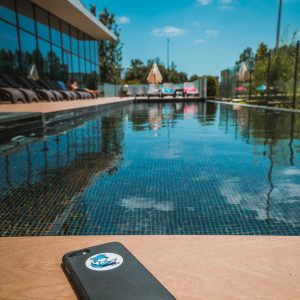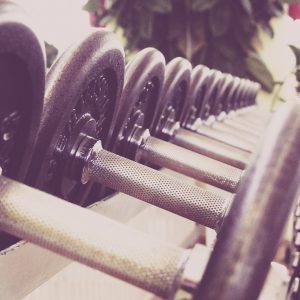SHORT COURSE PHYSICAL FITNESS
This course is jam packed with information, as well as suggested learning experiences beyond simply reading the notes and studying the many illustrations. It helps you to understand human fitness and wellbeing, for your own benefit, or for the benefit of others you might work with. The course can be completed in around 20 hours; but if you want to learn in greater depth, and have the time to devote to learning, it can be given a lot more time, for a lot more learning.
The course helps you understand physical fitness in the broadest sense. All aspects of fitness are considered -aerobic, muscle, skeletal. psychological. A very large range of techniques for improving and maintaining fitness are covered – from gentle to high intensity techniques. Safety, biology and health/injury issues are also covered.
This is an exceptional course, which is equally useful for the everyday person wanting to better understand and improve their own wellbeing; through to people working in the health or fitness professions who will find serious benefit doing this course for professional development.
The contents of the course
Lesson 1 human biology & aerobic fitness
Sources of atp
Energy definitions
Energy production pathways from different foods
What happens during exercise
Resistance training
Types of resistance training
Muscle contraction
Terminolgy
Resistance training program components
Misconceptions about training
The major muscle groups in training
Training response
More on fatigue
Recovery from exercise
Other factors affecting performance
Human anatomy
The muscular system
The respiratory system
The circulatory system
The physiology of the circulatory system
Lesson 2 equipment & facilities
Where to exercise
Outdoor areas
Clothing and footwear
Music
Characteristics of equipment
Examples of equipment used in aerobic activities
Other types of equipment specific to aerobics classes
Aerobic home equipment
Maintaining equipment
Outdoors/park equipment used for aerobic exercises
Lesson 3 exercises
How often, how hard
Exercise movement components
Running/jogging/walking
Cycling
Swimming
Rowing
Stepping & climbing
Skipping
Ball sports
Surfing
Horse riding
Skating
Skiing
Jumping
Tai chi (tai qi)
Wilderness areas
Safety
Gym/class exercises
Stretching
Muscle conditioning
Lesson 4 special people & situations
Pregnancy
Older adults
Children
People with disabilities
Overweight people
Other health problems
Lesson 5 safety
Aerobic classes
Safety related issues
Safety in other aerobic activities
First aid considerations
Identifying hazards
Pre-screening of clients
Legal liabilities for fitness instructors
Lesson 6 fitness testing/assessment
What do we test?
What can we measure?
Designing fitness tests
Lesson 7 programming, motivation & leadership
Fitness/aerobics class design
Programming an exercise session
Designing exercise programs
A typical aerobics class
Writing an exercise program
Classes for different types of people
Configurations or patterns for movement
Motivation
Dealing with complaints
Lesson 8 back pain and injury management
Anatomy and physiology
Basic back health
First aid treatment of injuries
Types of injury
Assessment and screening
Professional treatments
Patient rehabilitation





